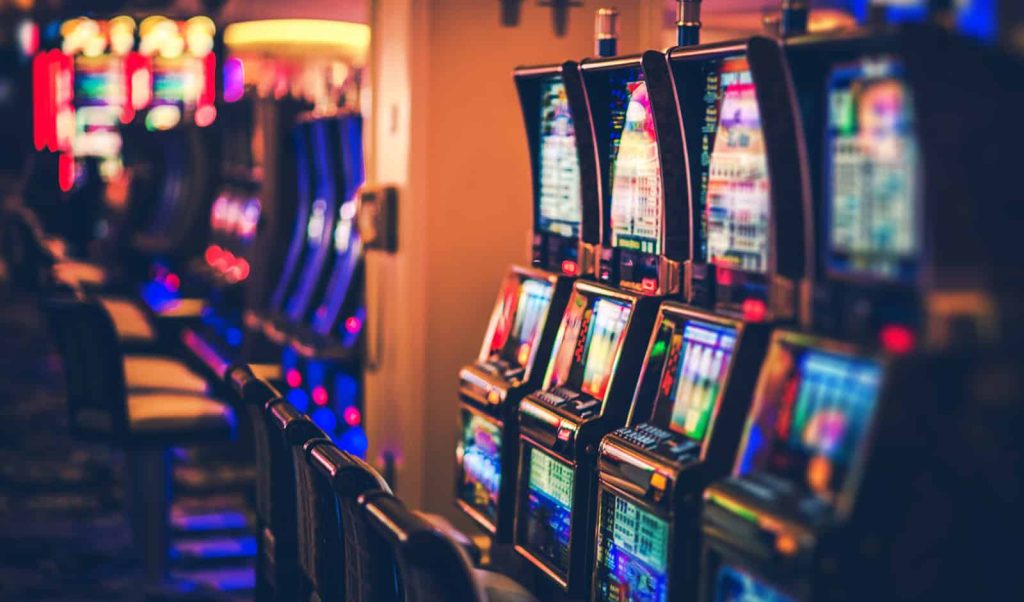Payout rates in slot machines, often expressed as Return to Player RTP, play a crucial role in the gaming experience for both players and casinos. Understanding these rates is vital for players seeking to maximize their chances of winning, while casinos utilize this information to design games that attract players and maintain profitability. RTP is a percentage that indicates how much of the total wagered amount a slot machine is programmed to pay back to players over time. For instance, a slot machine with a 95% RTP means that, on average, it will return $95 for every $100 wagered. However, this is a long-term average, meaning that individual sessions can vary significantly, with players sometimes experiencing much higher or lower returns. The significance of payout rates extends beyond simple numbers; they influence player behavior and expectations. When players understand that some machines offer higher RTPs than others, they can make more informed decisions about where to spend their money. This knowledge can lead to a more strategic approach to gambling, where players seek out machines that promise better returns.

As a result, casinos often highlight machines with high RTPs to attract players, leading to a competitive environment where establishments strive to offer the most appealing gaming options. Additionally, payout rates can affect the perceived value of the gaming experience. Players may feel more satisfied and engaged when they understand the potential for returns, even if their individual experiences do not always align with the expected RTP. Conversely, naga slot machines with low payout rates may lead to frustration and dissatisfaction, potentially driving players away. Thus, casinos must strike a balance between offering attractive payout rates to keep players coming back and ensuring that their business remains profitable. Moreover, payout rates are influenced by various factors, including game design, volatility, and jackpot size. Higher payout rates typically correlate with lower volatility, meaning players can expect more frequent, smaller wins rather than infrequent, larger jackpots.
This understanding allows players to choose machines that match their risk tolerance and gambling preferences. For example, casual players might prefer low-volatility games that offer steadier payouts, while high-rollers may seek out high-volatility games for the chance of hitting a massive jackpot, despite the associated risks. In summary, payout rates matter significantly in the world of slot machines, shaping player experiences and influencing casino strategies. By understanding RTP, players can make informed decisions, potentially enhancing their gaming experience. For casinos, balancing payout rates is crucial to maintaining player engagement while ensuring profitability. As the gaming landscape continues to evolve, the importance of payout rates in shaping both player satisfaction and casino success cannot be overstated.